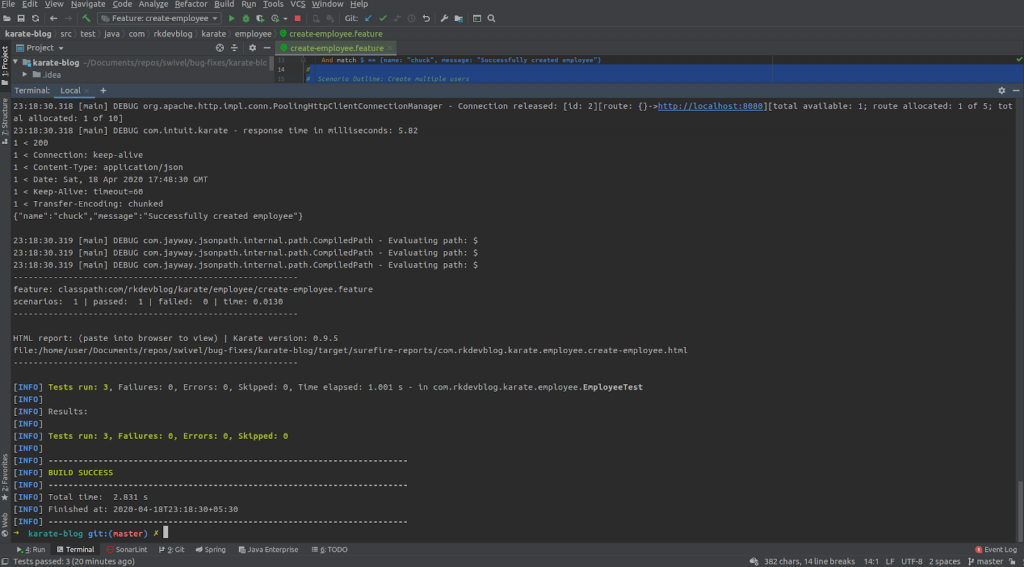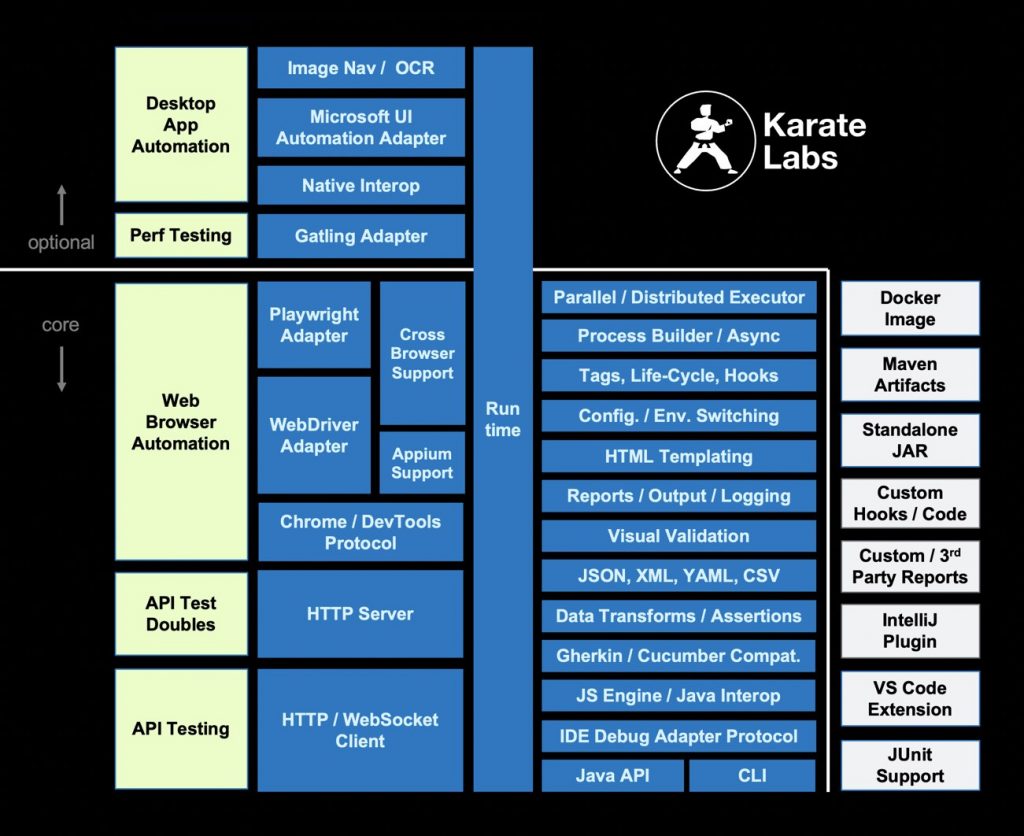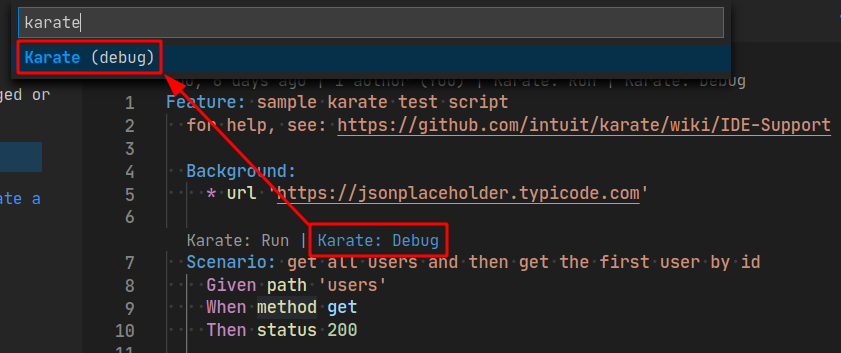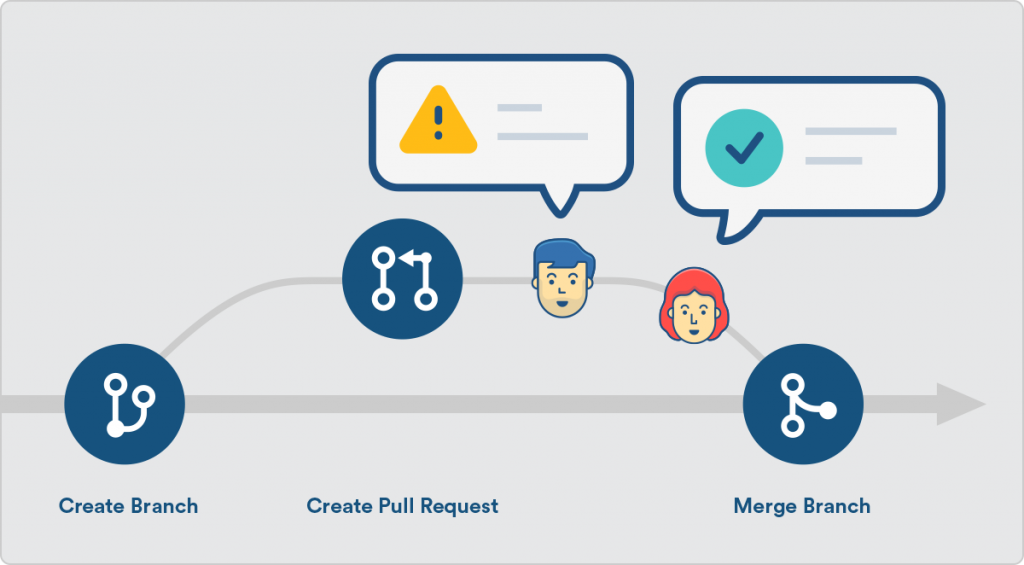Based on a Lightning Talk by: Godfrey Best, Senior Software Engineer @ InRhythm on December 14th, 2023

Overview

In the ever-evolving landscape of web development, the concept of Local-First Web Development is gaining prominence. This paradigm represents a shift from the conventional “web-first” approach to a more localized development strategy. Progressive Web Applications (PWAs) serve as a prime example, encapsulating the essence of Local-First Web Development.
This article explores the advantages of this approach, delving into its implications for user experience and the broader field of web engineering:
- Overview
- Advantages Of Local-First Web Development
- Developing Local-First Web Pages
- Maintaining Web Engineering Excellence
- Closing Thoughts
Advantages Of Local-First Web Development

- Enhanced User Experience
Local-First Web Development emphasizes prioritizing the user experience. By leveraging local resources, applications become more responsive and seamlessly adapt to user interactions. PWAs, for instance, can function even in offline mode, providing users with uninterrupted service.
- Reduced Latency
One of the critical advantages lies in minimizing latency. Local-First development allows for caching resources locally, reducing the need for repeated server requests. This not only speeds up application loading times but also ensures a smoother user experience.
- Improved Reliability
By relying on local resources, applications become less dependent on a constant internet connection. This leads to increased reliability, especially in scenarios where network connectivity might be intermittent or unreliable.
- Optimized Performance
Local-First approaches enable developers to optimize performance by strategically caching assets and data. This results in faster page loads, quicker response times, and an overall smoother interaction with the application.
- Efficient Use Of Bandwidth
Emphasizing local resources minimizes the need for constant data retrieval from remote servers. This, in turn, reduces the consumption of bandwidth, making the application more bandwidth-efficient.
Developing Local-First Web Pages
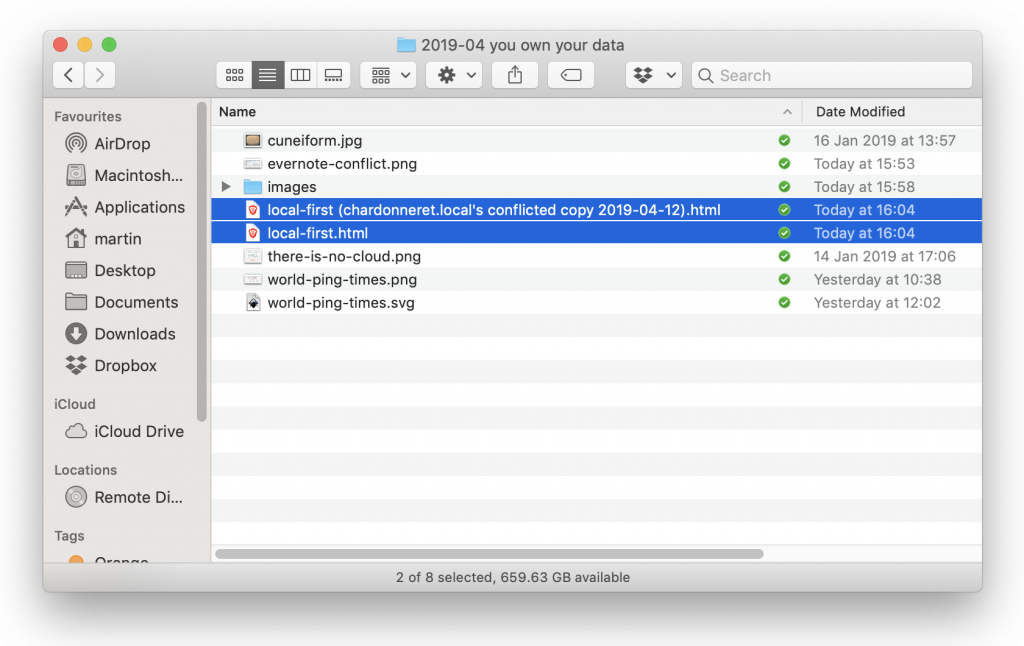
- Service Workers
Service workers play a pivotal role in Local-First development. These scripts run in the background and enable features like offline caching, background sync, and push notifications, enhancing the overall user experience.
- Client-Side Storage
Local-First development encourages the use of client-side storage mechanisms like IndexedDB or localStorage. This allows for the efficient storage of data on the client’s device, reducing the need for frequent server requests.
- Progressive Enhancement
The Local-First approach aligns with the principles of progressive enhancement. Developers can build a baseline experience that works everywhere and then progressively enhance it based on the user’s device capabilities.
- Caching Strategies
Implementing robust caching strategies ensures that essential assets are stored locally. This involves using techniques like cache-first or network-first approaches to optimize resource loading.
Maintaining Web Engineering Excellence

- Cross-Browser Compatibility
Local-First development should still adhere to cross-browser compatibility standards. Ensuring that applications work seamlessly across different browsers remains a fundamental aspect of maintaining web engineering excellence.
- Security Considerations
While local caching offers performance benefits, developers must implement security measures to protect sensitive data. Encryption, secure connections, and adherence to best security practices are paramount.
- Scalability
Local-First approaches need to be scalable, especially for applications with a growing user base. Efficient data synchronization mechanisms should be in place to handle scalability requirements.
Closing Thoughts

Local-First Web Development represents a paradigm shift in web engineering. Prioritizing user experience, reducing latency, and enhancing reliability, this approach holds the potential to redefine how we perceive and interact with web applications.
By integrating the advantages of Local-First development with established web engineering practices, developers can create applications that not only meet but exceed user expectations in an ever-connected world.

